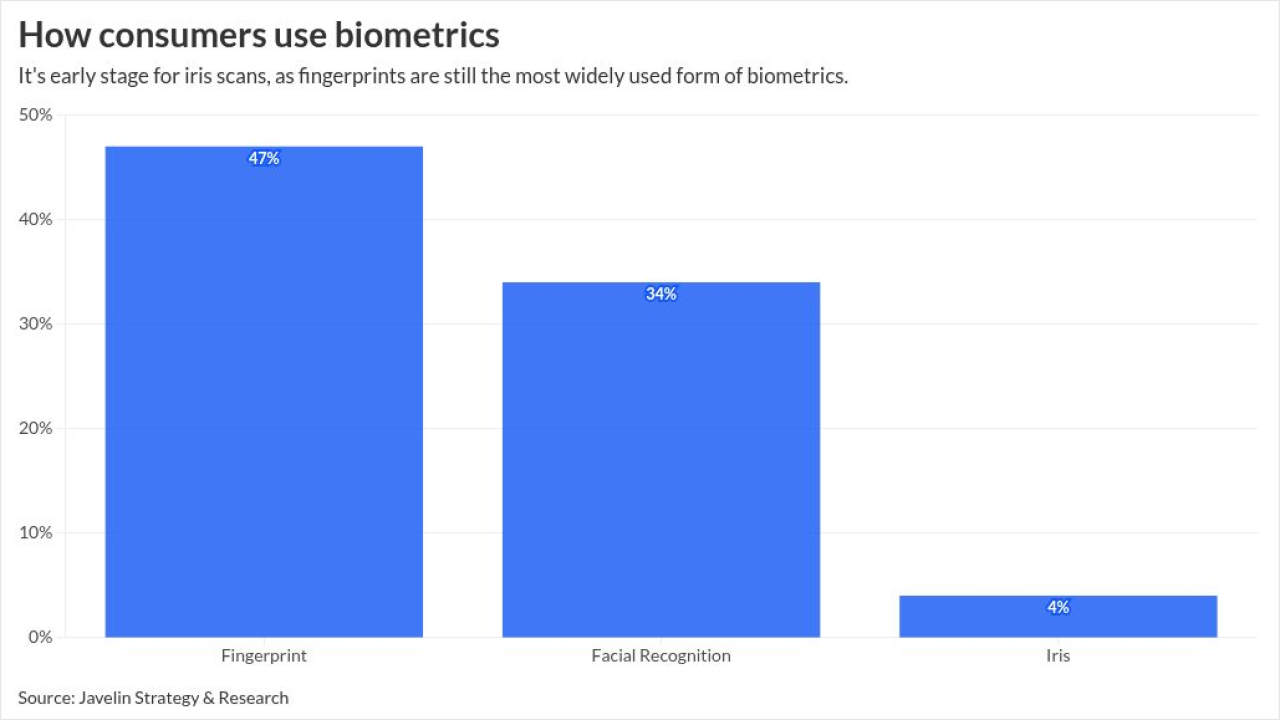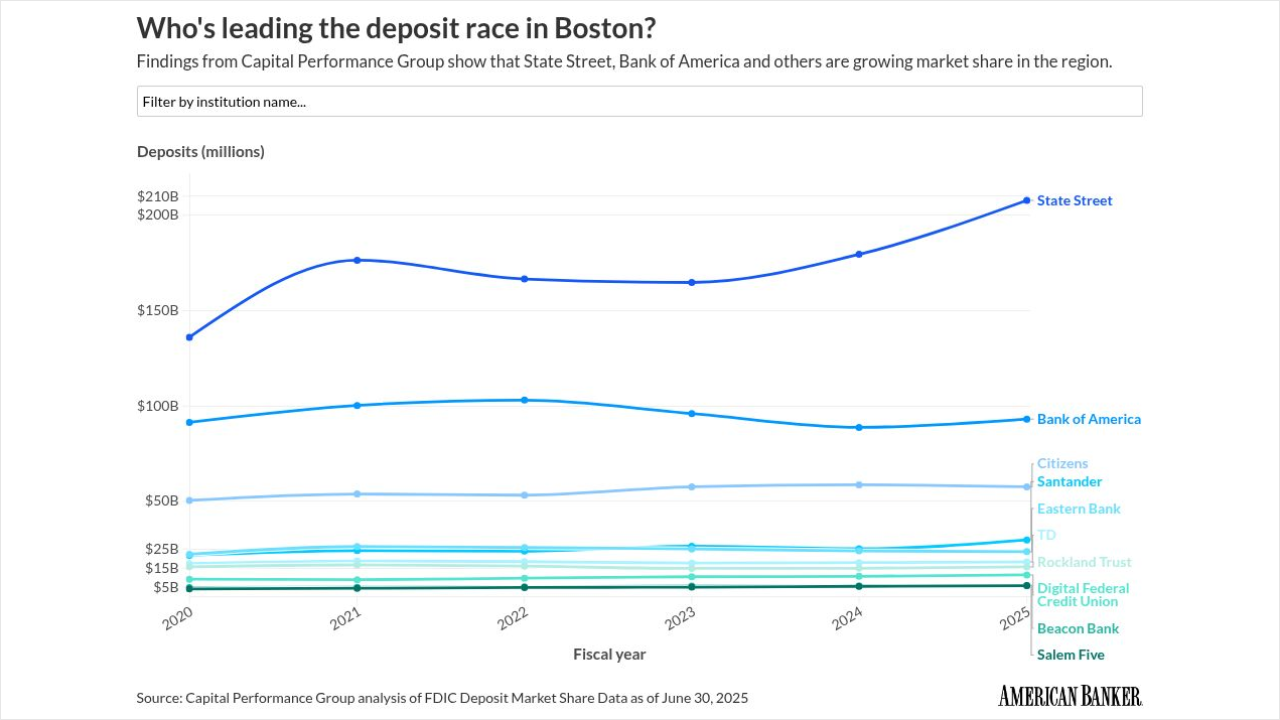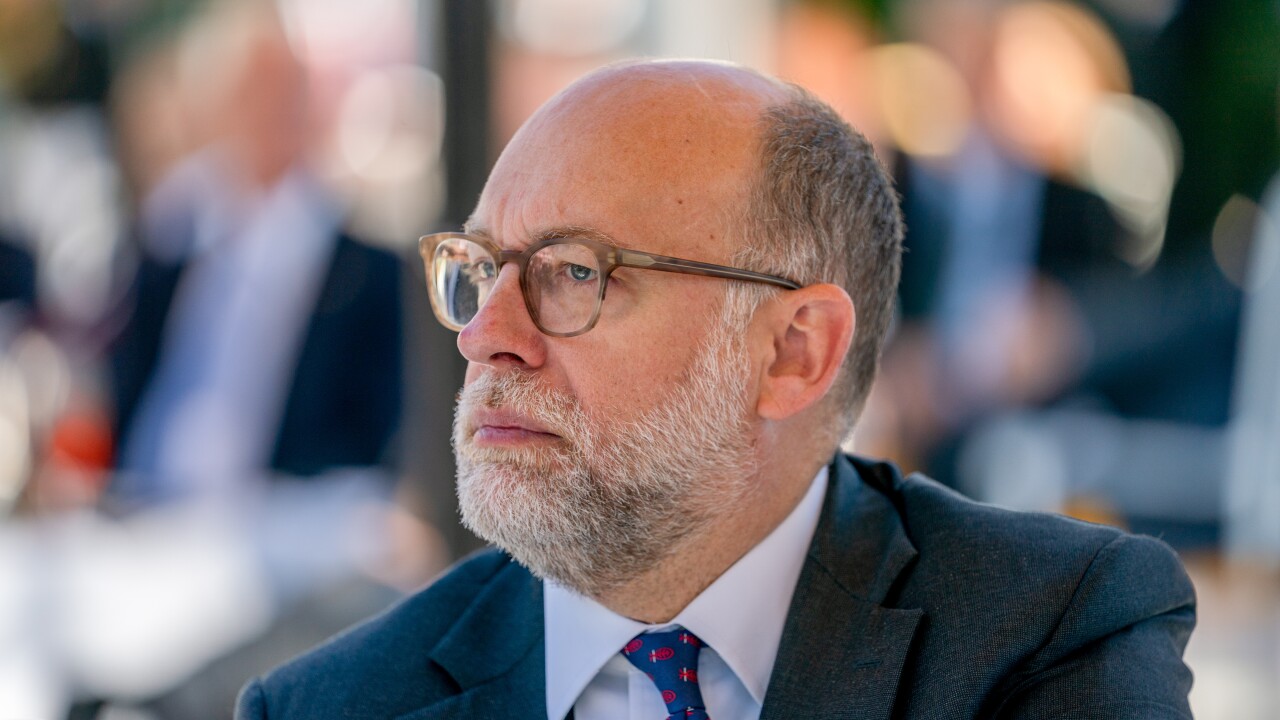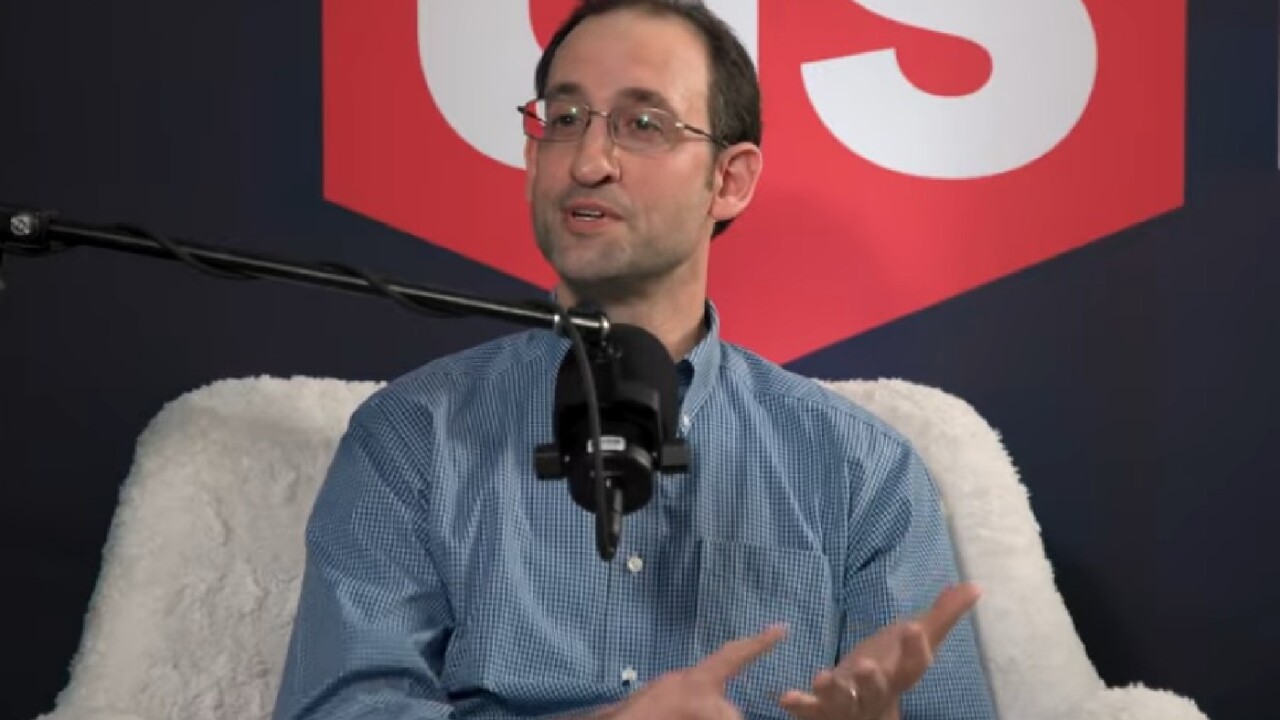For advice on what young people want from a bank, First Bank of Tallahassee, Fla., knew it was no use asking its board.
"Looking around our boardroom, everyone is in their 50s and 60s," said F.C. Nixon, president and chief executive officer of $84 million-asset First Bank. "We knew that there was a whole generation of customers who grew up differently than we did, and that we needed different ways to attract them to the bank."
So the bank created an 18-member young business advisory board, staffed mostly by recent college graduates who work in the area.
Members of the new board tell the bank what financial products they need, and what they expect to need in the future. New products are presented to the board, to gauge how well they will be received by young adults in town.
Though youth boards are rare, banks turning to niche groups for advice is not, according to Marilyn R. Seymann, president of M One Inc., a Phoenix-based bank consulting firm.
She said banks are using advisory boards and focus groups to gain insight on customers who are not represented by the traditional board.
"Most bankers are smart enough to realize that if they want to get at the younger generation, they need to find out what they want," Ms. Seymann said. "Youth boards could be a natural step."
First Farmers and Merchants National Bank, Columbia, Tenn., has taken the idea to an even younger group, establishing a high school advisory board. But the goal is the same.
"There is a clear generation gap, and we are trying to overcome that," said Nancy C. Bohannon, senior vice president of $537 million-asset First Farmers. "We are interested in their reactions to our advertisements, as well as our existing and future products."
First Farmers has an advisory board in each of the four counties it serves. Each board consists of about 12 students, all nominated by teachers at the local high schools.
The advisory board's counsel has led to some strategic changes at the bank, Ms. Bohannon said.
Through the board, the bank learned that students were not reading the local papers, but did read their high school publications.
So First Farmers began advertising its student checking account in the high school press.
In addition to gaining ideas, the boards build relationships, the bankers said. Mr. Nixon said that though board members are not required to be customers, it is strongly encouraged.
"The board was put together to advance the interests of this bank," he said. "We want people on the board who believe in the bank."
First Bank encourages its youth board to invite friends to luncheons sponsored by the bank to attract new business.
First Farmers pays its high school board members $15 each time the board meets, which is generally once a quarter. The money is deposited directly into a savings account the bank establishes for each student.
"Most people bank where their parents bank; it's a tough chain to break," Ms. Bohannon said. "We think this is a way to break that chain," and possibly win the parents' accounts, too.
Advisory boards can be a lot of work for a bank, Ms. Seymann said, which is the reason so many institutions turn to focus groups instead.
A bank risks ruffling the feathers of directors if it does not appoint someone's child to the board.
And advisory board members often try to influence unrelated bank policies.
Though Mr. Nixon acknowledged his board has sometimes strayed past its intended duties, he said he is still grateful for the help.
"Some do get caught up in bank operations, and we have had to weed some people out," he said. "But overall, it has been a great success."





